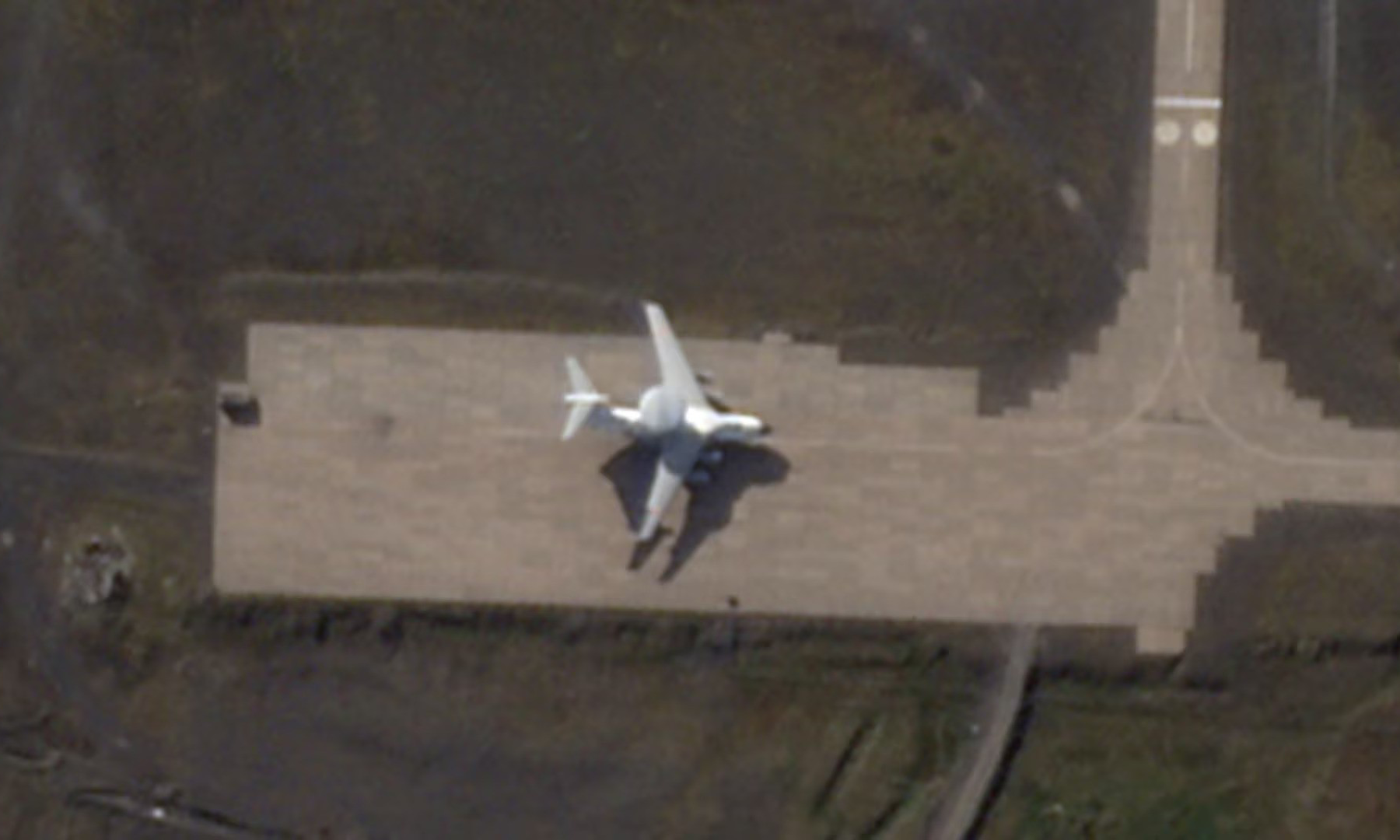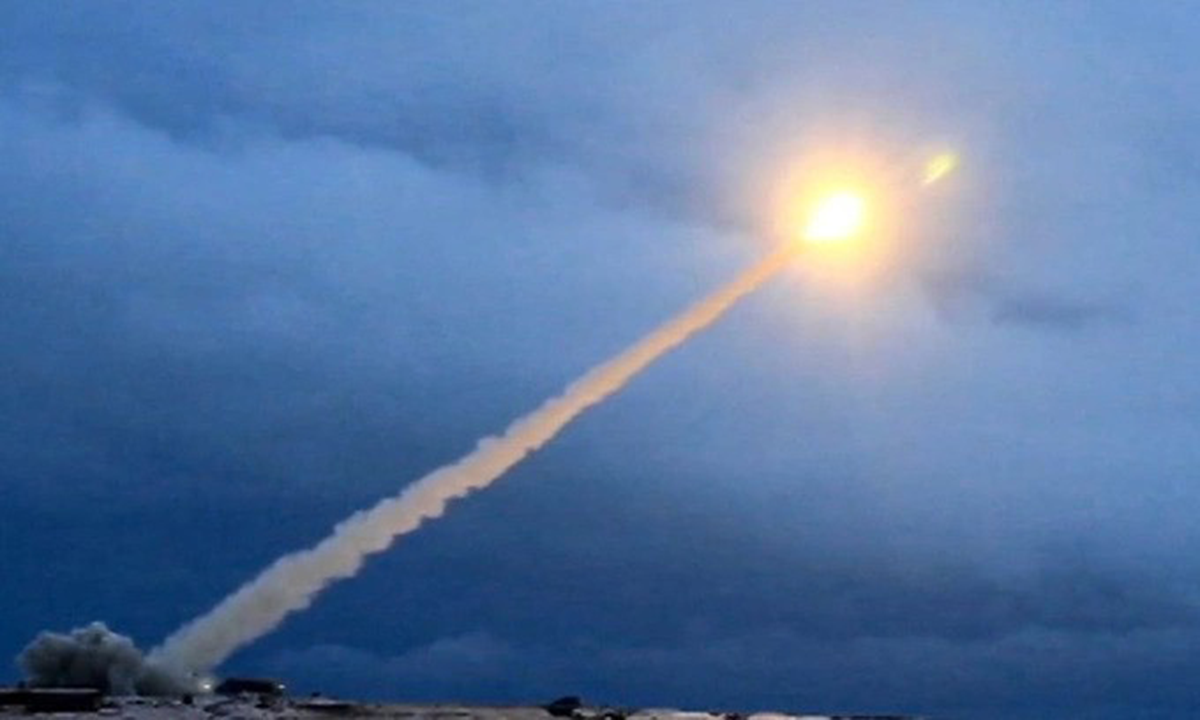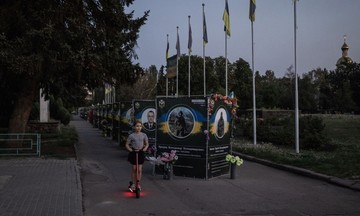Analysts Jeffrey Lewis from the Middlebury Institute of International Studies and Decker Eveleth from the Center for Naval Analyses (CNA) believe Russia is preparing to test its Burevestnik nuclear-powered cruise missile. Their analysis, published on 13/8, is based on recent commercial satellite imagery from Planet Labs of activity at the Pankovo test site on the Novaya Zemlya archipelago in the Barents Sea.
The analysts noted increased activity at Pankovo, including the presence of ships and aircraft previously associated with Burevestnik tests. This activity began late last month with the arrival of containers, equipment, and personnel.
 |
Equipment at the Pankovo test site in satellite imagery from 7/8. Photo: Planet Labs |
Two data-gathering aircraft have been stationed at the Rogachevo military airfield on the Novaya Zemlya peninsula since mid-July. Lewis identified one aircraft with a large radar dish on its back, possibly an A-50 early warning aircraft, at the airfield on 5/8. At least five ships previously involved in Burevestnik tests were also observed in the area. Vessel Finder data indicates that the cargo ship Teriberka, also linked to past tests, was scheduled to arrive at Novaya Zemlya on 12/8, though its arrival is unconfirmed.
Eveleth pointed to the repeated movement of the Burevestnik launch shelter since mid-July as "strong evidence" of an impending test. The Norwegian military, whose territory borders the Barents Sea, considers the area "an ideal location for missile tests". They have noted Russian maritime advisories and warnings suggesting "preparations for test activities," though they did not specify the weapon being tested.
An unnamed Western security source confirmed to Reuters that Russia is preparing a Burevestnik test.
 |
Early warning aircraft at Rogachevo airfield in satellite imagery from 5/8. Photo: Planet Labs |
The analysts' investigation began after a Russian advisory on 6/8 warned ships to avoid the Pankovo test site. Based on Russian Notices to Airmen (NOTAMs), they predict a Burevestnik test by 22/8.
The Russian Ministry of Defense declined to comment.
President Putin unveiled the Burevestnik in March 2018 as one of six "super weapons" designed to maintain Russia's status as a major power and provide strategic balance with the US. The missile uses a ramjet engine, compressing air at high speeds and heating it with a small nuclear reactor to generate thrust. This theoretically allows for near-unlimited flight times, provided guidance and electronic systems remain functional.
The Burevestnik's ability to constantly change course to evade early warning and air defense systems is considered a key feature, especially given its unlimited range. This would allow it to bypass defenses and strike targets from unexpected directions.
 |
Burevestnik missile during a 2018 test launch. Photo: Russian Ministry of Defense |
US intelligence reports indicate multiple Burevestnik tests in late 2017 and early 2018. One test reportedly failed due to the nuclear engine not activating, causing the missile to crash into the sea after exhausting its initial booster fuel. Western experts have expressed skepticism about the Burevestnik's capabilities and raised concerns about potential radiation leaks during flight.
Observers believe the Burevestnik project gained importance after US President Donald Trump announced the "Golden Dome" missile defense program in January. They suggest the test may have been planned before the agreement on a US-Russia summit on 15/8. (Pham Giang, via Reuters)












